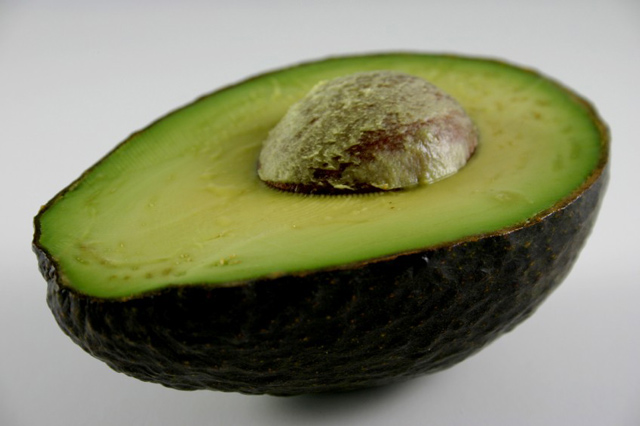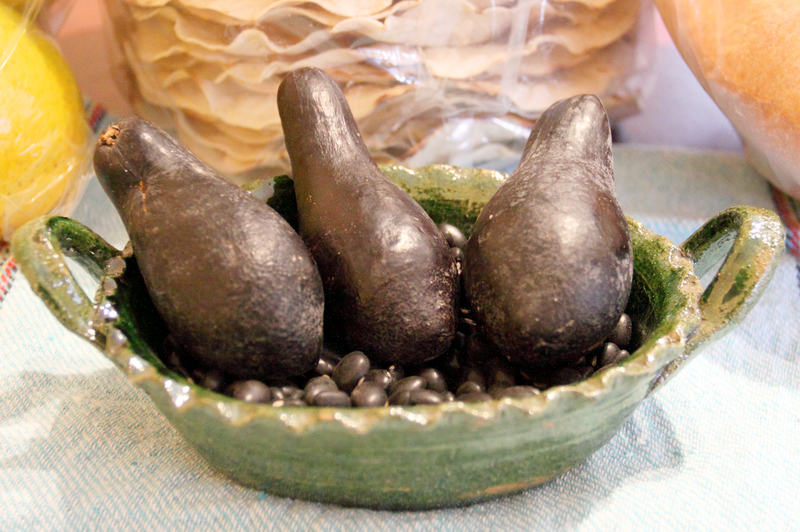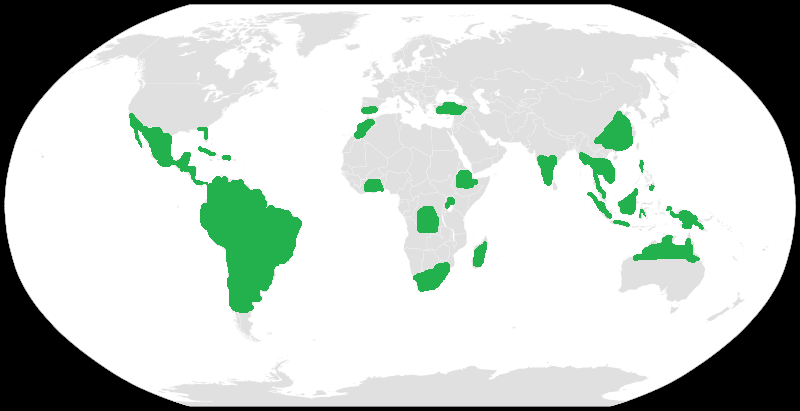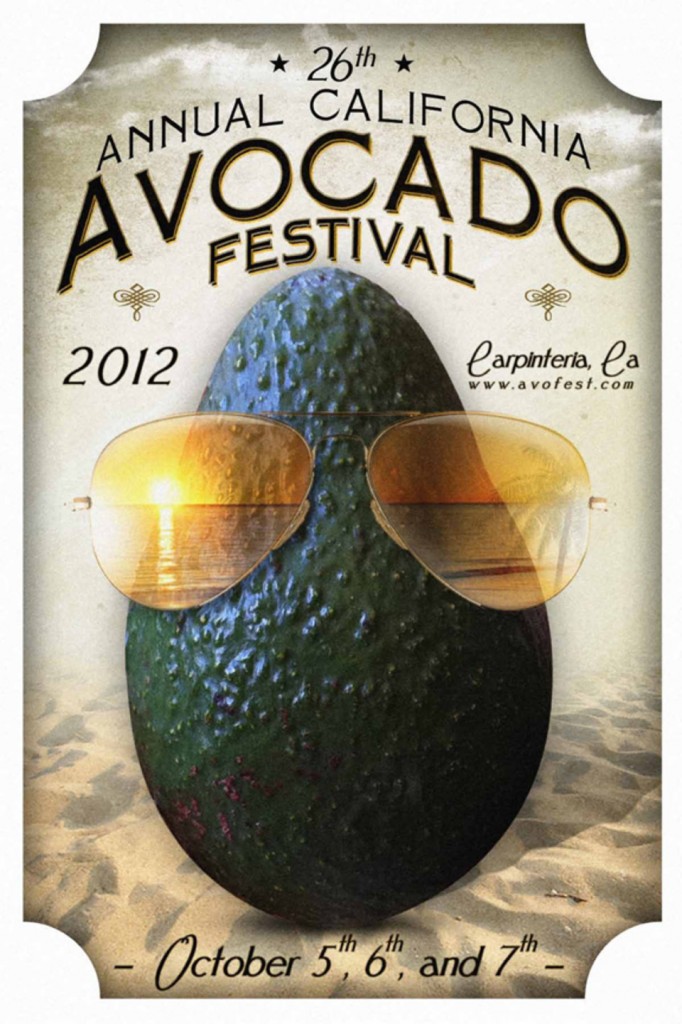The More Than Humble Avocado – A History Of The Alligator Pear
I was looking at the seed of an avocado the other day, and I thought to myself “wow, that’s a big seed”. I ate a section of the pulp and I thought “this is a weird thing to eat”. It’s kind of slimy, kind of nice, but definately weird. What even is it? A vegetable? A fruit? So I went to my old friend Wikipedia to fill in the blanks. And here’s what I found.
Origin of the Avocado
The avocado, or alligator pear – Persea americana – is in fact a large berry. What makes it a berry? Well, it’s the matured ovary of a flower. The avocado originated in the state of Puebla, Mexico. It’s native, undomesticated variety – criollo, is smaller with a dark black skin. Here:
It turns out that this gucamole hero has been with humanity for quite some time. There is evidence of of its use at a settlement dated to 10,000 BC. At a pre-Incan city called Chan Chan they found an avocado shaped jar dating to AD 900. This less than humble berry is thought to be one of the earliest foods to have been farmed by our slightly hairier ancestors. The crazy Aztecs may have used the avocado as a sex stimulant, their name for the avocado was ahuacatl, meaning “testicle.”
The plant has been spread far and wide from it’s American home, it was taken to Indonesia in 1750, Brazil in 1809, Levant in 1908, South Africa and Australia in the late 19th Century, and finally hit the big time on the shelves of Sainsbury’s in the UK in the 60’s under the name ‘avocado pear’. Supermarkets nowadays sell the fruit pre-ripened. They leave it in a room with synthetic ethylene to hasten the process. I never knew that, did you? Apparently that’s “industry standard”. Ethylene is produced by many plants in the wild as a natural plant hormone and it’s been used in the food sector for decades.
These are the regions where it’s now possible to grow the avocado:
Each country has its own way of serving these weird fruits. In Ethiopia it’s common to serve it crushed up as a juice with sugar, milk, water, lemon and Vimto; and in Chile they serve it as a puree with chicken, burgers or hot dogs.
Avocado Contents
As for the contents of these green milky beasts, they are significantly more fatty than most other fresh produce – about 14% fat. When you compare that to brocooli 0.4%, carrots 0.2% and tomatoes 0.1% you can see it really is the porker of the salad bowl. As such they make for a useful staple in populations that don’t have access to unlimited gateaux and chips.
Beyond their fat content they are packed with other nutritional goodies including Vitamins A, B6, C, E and K, Potassium, Folate, Niacin, Thiamin, Magneisum, Manganese and Zinc. 100g of an avocado gives you almost a third of your RDA in pantothenic acid too, which is probably a good thing(?)
Health Benefits of Avocado?
The avocado is being studied for use in combating a miriad of ailments, including high cholesterol, diabetese and cancer. The flesh also seems to have an anti-bacterial function. If you read a nutritionist’s website they will probably tell you that an avocado is the panacea for all ills, but let’s hold our horses there, the scientists are having a good look but we mustn’t jump the gun.
For instance, did you know that despite the ever present TV adverts telling us how awesome antioxidants are for us, there is actually no proper evidence of their health benefits in humans. How about that? It’s touted as a scientific fact by the big guns of media marketing, but it has literally no basis in fact at all. The theory that it helps protect DNA from being broken down is only true in the test tube. How the advertisers are allowed to dupe us like this on a constant basis I will never know. Also, whilst I’m on the topic, there’s no evidence that Vitamin C helps prevent a cold. How about that?
Prehistoric Avocado
Sorry, I rambled there. This last point partially answers my first question: “what’s with the humongous seed?” In 1982, the evolutionary biologist Daniel H. Janzen came up with a theory that stated that the massive seed co-evolved with the massive creatures of the Pleistocene era, things like giant sloths. In the same way that the flower evolved to be attractive to bees, the avocado evolved to be massive so that it could survive the guts of megafauna and be passed far and wide.
Although it’s a tricky theory to prove, the thought that these things may have been eaten by huge ancient beasts is enough for me.
I’m still not sold on the taste though.
























